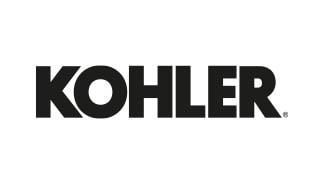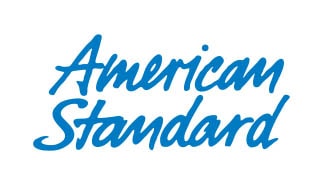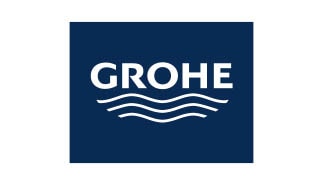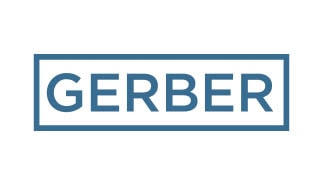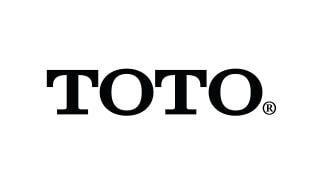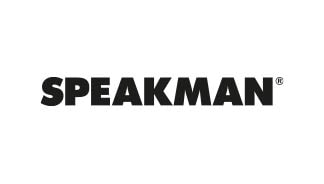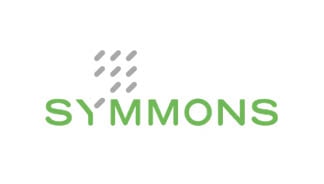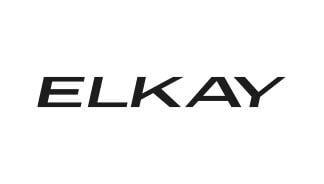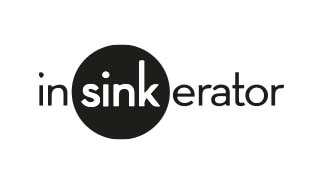Published on
May 31st, 2022Fire Sprinkler Plumbing 101: What Property Owners and Managers Must Know
If you own or manage a rental property in New York City, fire safety is a top concern. Many new landlords and property managers get overwhelmed with the requirements for fire sprinkler plumbing and other aspects of fire suppression. Here’s what you need to know about fire sprinkler inspections and water pressure in tall and high-rise buildings. Also, we offer some closing advice from our Omnia Mechanical Group partners about emergency egress lighting and avoiding boiler-related fire emergencies.
New York City Fire Sprinkler Inspections
What kind of properties must be inspected?
If you own a Group R Occupancy class property or converted rental property in New York City, you need to undergo monthly and annual fire sprinkler inspections (see below). This includes:
- Dwellings that fall into the Group R residential category, such as apartment buildings and hotels
- One- or two-family homes built before April 18, 1929, and converted into a multiple-unit dwelling of three units or more, such as brownstone apartments
- One- or two-family homes built after April 18, 1929, and converted into a three-family home of up to three stories
What is the difference between monthly and annual testing?
If you own or manage a property that falls into one of the groups above, you must have visual monthly testing conducted to make sure your fire sprinklers are in good working order. The inspector must be someone who has earned a Certificate of Fitness issued by the NYFD. All of the following elements should be thoroughly evaluated:
- Control valves, including locks and tamper switches
- Gauges
- Alarm valves
- Dry pipe valves and heated enclosures
- Spare sprinkler heads and spare wrench
- Fire department connections
- Backflow device
- Booster pump and jockey pump
In addition to monthly testing, annual testing must be performed on your property’s fire sprinklers. This time a physical test of the components listed above is executed. Plus, you must have a licensed plumber, like Sanitary Plumbing, or a licensed fire suppression contractor complete an annual flow test. The city will send you a notice every five years letting you know it’s your turn to have the flow test witnessed by the NYFD.
During the annual test, the following elements are checked:
- Hangers, piping, and fittings
- Integrity of sprinkler heads
- Closing and opening of sprinkler control valves
- Dry pipe trip test (if applicable)
- Dry system draining of low point drum drips
- Full flow pump tests (if applicable)
- Internal obstruction assessment (every five years)
- Water flow in supply pipes
If your particular fire suppression system requires quarterly testing in accordance with NFPA rules, you will have to perform that as well.
Booster Pumps Can Help Fire Sprinkler Plumbing and General Water Pressure
How can you ensure your sprinklers have adequate flow in a high-rise building?
One problem we see quite often in high-rise buildings is that water pressure is poor. This can result in inadequate flow to your sprinkler heads and a failed annual inspection. To remedy this problem, we work with our Omnia Mechanical Group partners at Antler Pumps to install booster pumps within the sprinkler system. This may be one or two pumps or a larger series of pumps working in concert, depending on the height of the building. The team at Antler Pumps are experts at making sure any serial pumps meet NFPA guidelines and function efficiently for the FDNY.
What constitutes a high-rise building in New York City? A high rise is any property where an occupied floor is more than 75 feet higher than the lowest level of access from a firefighting vehicle. Measurements are always taken from the lowest side of the building. It’s fairly easy to hit high-rise status at only eight or nine stories; you don’t want to confuse “high rise” with “skyscraper.”
Can you install booster pumps for other plumbing needs?
It’s been our experience that buildings with water pressure problems affecting the fire suppression system also generally have low water pressure. This can be a nuisance for tenants, but it’s easily fixed with booster pumps to supplement the distributor pump for tap water.
We recommend considering additional booster pumps when you address your fire suppression needs and sprinkler inspection. As long as you have the professionals on site, they can also check your total flow needs for showering, washing, and laundry and make recommendations for balancing pressure (usually lower stories have high pressure, while upper stories have low pressure due to the force of gravity). Balanced water pressure via booster pumps and a pressure regulator is better for your plumbing system, helping to extend the life of your pipes and other elements.
Other Property Fire Emergency Considerations
Are there regulations for emergency egress?
Don’t forget when you check over your sprinkler system to plan for emergency egress in case of fire. The city has strict regulations for exit lights and signage, which our partners at Bolt Electric can help you with.
Do you need help with your building’s fire sprinkler plumbing? Sanitary Plumbing can help replace old pipes and plumbing components, which are subject to wear and tear over time and can also accumulate mineral scale and sediment. We are also here to help with your annual sprinkler flow test. Call us at 212-734-5000, or reach out online to schedule an appointment at your convenience.
